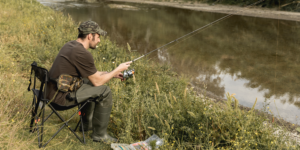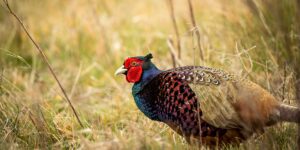Despite slight declines in more recent years, the wild turkey population has greatly increased across much of the country in the grand scheme, and with the increase in bird numbers and the expansion of areas that they inhabit, the popularity of hunting turkey has grown as well. Each spring and even in cases of some fall seasons, a great number of hunters enjoy early mornings in the turkey woods in hopes of having a close encounter with a long beard.
Why limit yourself to public land when there are millions of acres of private land to explore.
Best Habitat for Turkey Hunting
Wild turkeys have done an extraordinary job of adapting to a fairly wide range of habitat types. A population that was once condensed to relatively specific areas is now widely spread across the majority of the United States with the exception of the far western regions. Some of the best turkey hunting takes place in the south and southeastern portions of the US. Alabama, Georgia and Tennessee for example. Other key areas include the plains states and the Midwest, including Wisconsin, Minnesota, Kansas, Nebraska, parts of North Dakota, South Dakota, and Montana. The list goes on which speaks to the variety of habitat types wild turkeys will live in. Higher, flatlands with agriculture and the occasional river bottom will hold birds. More northern hardwoods or bluff country areas in Minnesota and Wisconsin have become very popular for good reason. The southern hardwoods and lowland swamp terrain is also a very traditional turkey habitat. If birds have access to food, water, nesting habitat and at least some hardwoods for roasting, it’s likely they will be there.
Types of Turkeys
There are commonly known to be 5 different subspecies of wild turkeys. The Eastern, Osceola, Rio Grande, Merriams and Gould’s can all be found and pursued by turkeys hunters. There are a few physical traits that separate these five different species but the locations in which they live are the main differentiator.
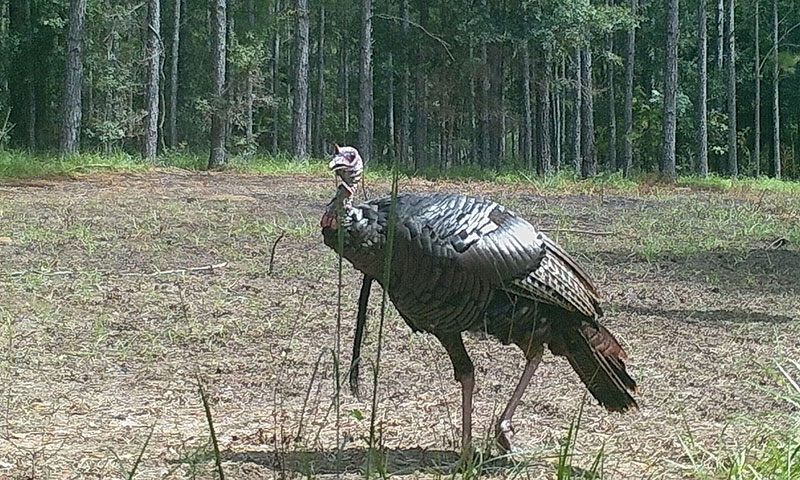
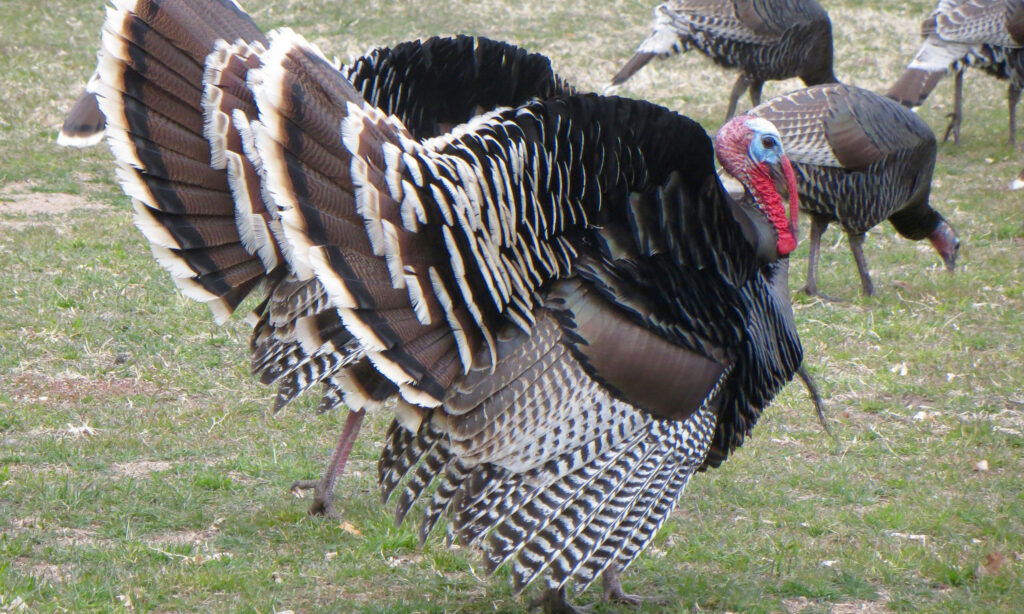
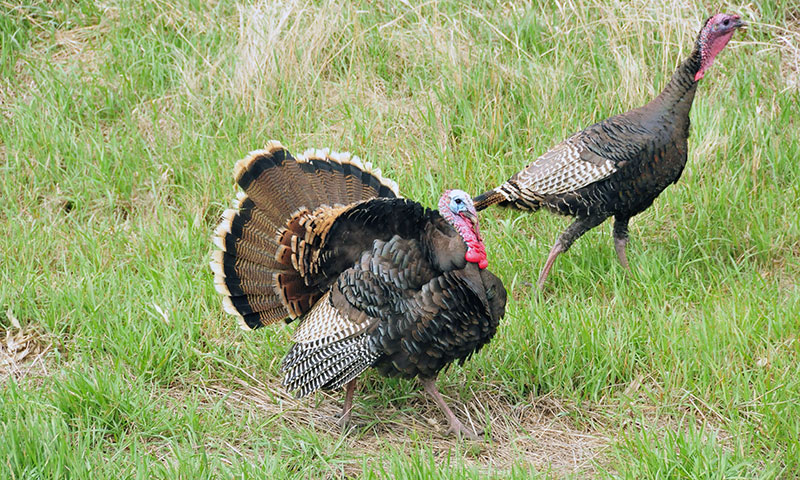
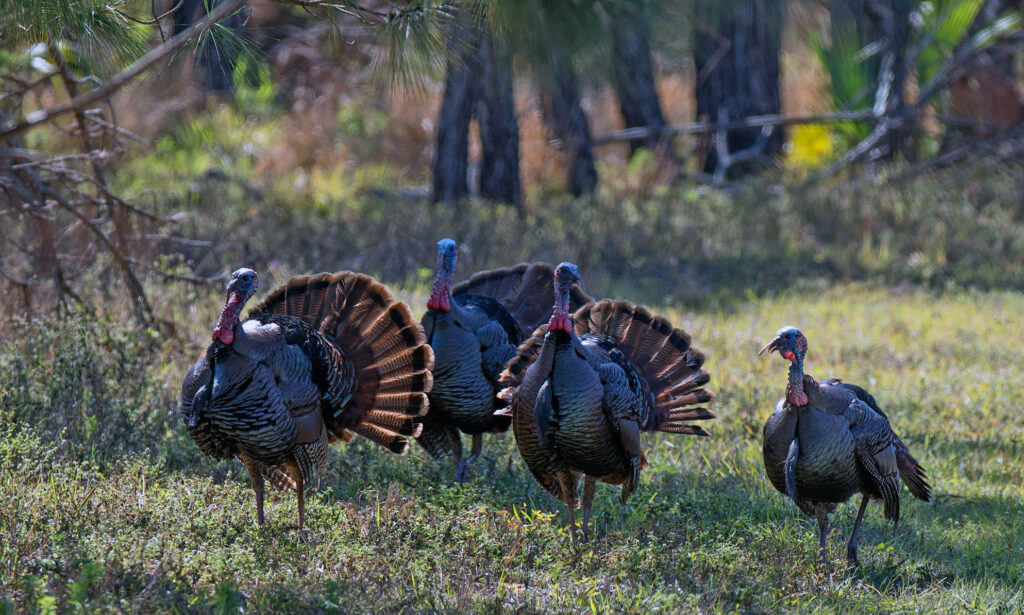
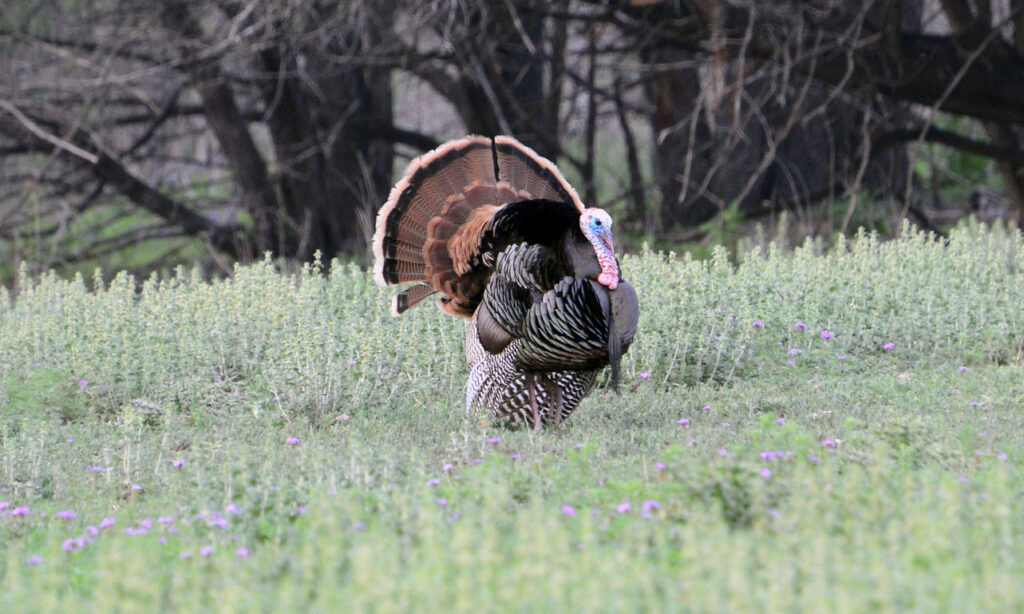
Turkey Hunting Regulations and Restrictions
Turkey hunting regulations differ depending on the state you plan to hunt them in but in general there is a spring season which is the most common. In the spring, turkeys are looking to breed and males, or Tom’s, can be very responsive to decoys and calling. This provides some of the very best hunts of the year. Some states also offer a fall season which isn’t nearly as popular but can offer extended time in the field for hardcore turkey hunters. In both cases, archery or shotgun equipment can be used. Archery seasons are typically longer in duration and easier to acquire licenses due to the natural difficulty of the hunt. Shotgun seasons can be a bit more restricted and certain seasons may only offer a lottery license, again all depending on the state specific rules and regulations. Wild turkey hunting seasons can last 1-2 months with some flexibility on either end. Bag limits vary but in most cases, just one male bird is allowed.
Turkey Hunting Techniques and Equipment
There aren’t many wrong ways to head into the field and pursue a turkey, but common techniques, especially during the spring include decoys and turkey calls. Many hunters will do their best to locate the areas that turkeys are roosting overnight and then setup near those areas very early in the morning. They will set a decoy and call to the birds hoping to draw them close enough for a shot. At times this requires a ground blind but some hunters will settle for a tree and natural cover to do their best at concealing themselves. There’s also turkey hunters that prefer a bit more of a run and gun style approach. These hunters will stay mobile, calling often to try and locate a gobbling turkey. They will stay on their feet until they’re in a good position to set up and continue drawing a bird closer. Decoys can be used in this scenario as well but to pack light, these hunters typically rely 100% on the call.
Getting started in turkey hunting doesn’t require a great deal of equipement. You’ll need a weapon which is typically a shotgun, compound bow or in the states that allow it, a crossbow. Common shotgun gauges are 12ga and 20ga teamed with a bit more powerful turkey shell. A variety of turkey calls and one or two decoys is almost a must. Box calls, slate calls and mouth calls are all good options, while a hen or jake decoy will get you started.
The hassle free way to monetize your acreage.
Best States for Turkey Hunting
There are a number of states where hunters can expect very adequate turkey hunting but here’s a handful that land towards the top of the list in our opinion. Alabama, Georgia, Kansas, Kentucky, Tennessee, Maine, Montana, Nebraska, Wisconsin and Minnesota all have strong turkey populations and plenty of places to hunt.
Where to go Turkey Hunting: Public vs Private Land
Like most hunting pursuits, Private land typically provides better hunting than public simply due to the human pressure that is put on public hunting areas. The same holds true for turkey hunting but in certain regions of the turkey belt, expansive pieces of public land allow birds to find areas that other hunters aren’t getting to. If you can find these strongholds, public land can produce some great results.
Public Land
Look for very large pieces of public land that have the potential for multiple roosting spots. If you’re willing to put on miles, covering large acreage public land where most hunters don’t venture can pay dividends. If you want to turkey hunt public land successfully, some work will have to be put in but state and federal owned ground is certainly a legitimate option for this game bird.
Private Land
Private land is obviously a great option due to the fact that the birds that are living in these locations haven’t been educated nearly as much if at all by other hunters. Also, it’s fairly common to have extensive knowledge of the private land you’re hunting. Either you will know the ground from previous experience or the landowner will. This can greatly cut down the time it takes to locate roosting areas and the places that turkeys feed, loaf and otherwise.
Click on one of the map pins below to learn more about the properties.
Turkey Hunting FAQ
How much does it cost to hunt a turkey?
Turkey hunting isn’t terribly expensive. Again, you don’t need a truckload of gear, just the essentials are plenty to harvest a bird. License fees, even non- resident aren’t outrageous when campared to an out of state whitetail or big game hunt in many cases.
Is turkey hunting easy?
Day in and day out, turkey hunting isn’t easy. Scouting and preparation can go a long way in turkey hunting. If you know where birds are roosting and how they behave on a certain piece of property, it can seem easy at times but the work needs to be put in. Difficulty varies greatly depending if you’re using archery equipment or hunting heavily pressured public land. But turkey hunting success can be had by nearly anyone that’s willing to get out and try.
How long is turkey season?
A spring season is typically around 2 months long depending on the state regulations. Some fall seasons are offered as well that are usually shorter in duration.
Can you hunt turkey with a rifle?
Turkey hunting weapons are nearly always limited to compound bows, shotguns and crossbows in some cases.
Can you hunt turkey with a bow?
Bowhunting for turkeys is very popular although this method does create a more difficult hunt. Close range and accurate shots are important, as turkeys are incredibly tough birds with small vitals.
Why limit yourself to public land when there are millions of acres of private land to explore.

